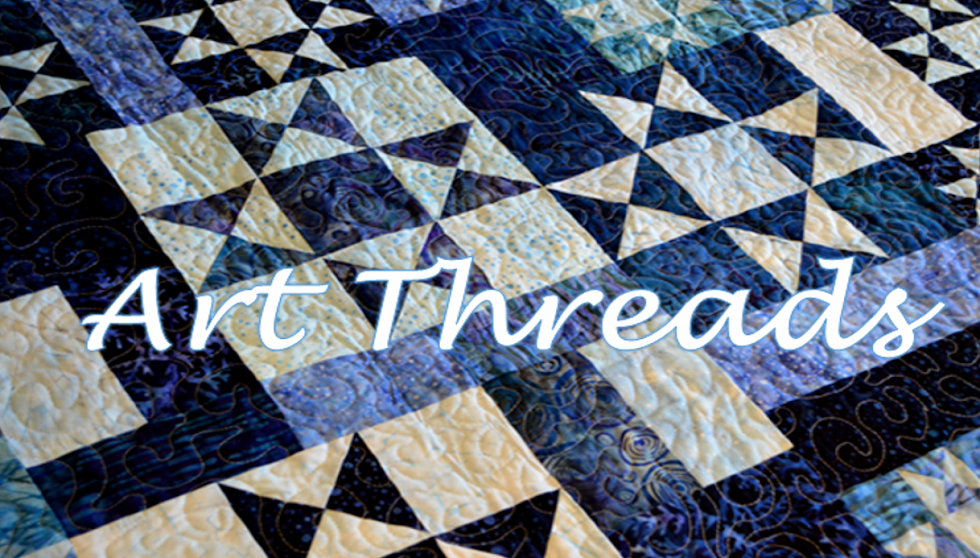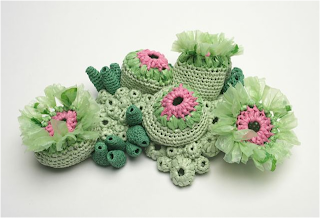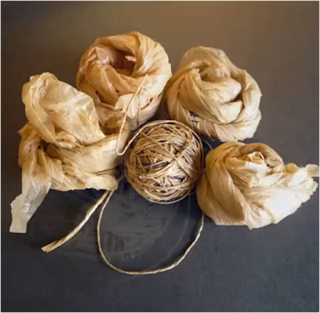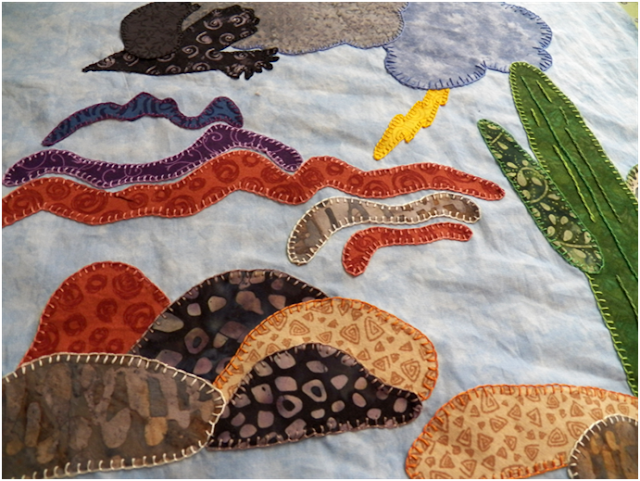Today I'm finishing up the pillows I've been working on the past three weeks! If you're following along, I'll show you how to make the pillow fronts into cases for the pillow forms and add piping.
Materials to finish one pillow:
*cotton cord - see photo to the right
*2 1/2 yards of 2 inch bias cut fabric sewn together
*invisible zipper - at least 20 inches
1. Cut two 19 x 11 inch pieces from the fabric you used for the pillow front. Sew in the zipper - see the instructions here for putting in an invisible zipper.
2. Tack the zipper at the bottom and trim the ends.
3. Lay pillow top on the backing fabric (making sure to center over the zipper) and trim the backing fabric so they're the same size.
4. To make piping, cut 2 1/2 yards of bias cut fabric. I do this by folding a 36" x 36" piece of fabric corner to corner (making a triangle) and then cutting along the folded edge to make two triangles.
6. Fold one of the triangles in half and cut 2 inch strips.
8. Sew strips together putting two strips perpendicular, right sides together and sewing diagonally. Trim seam to 1/4 inch and press open.
9. When all strips are sewn together, make piping by enclosing the cotton cord in the strip and sewing near the cord, but not as close as you could get - just almost! We'll get really close later.
10. Undo sewing on one end of piping, turn about 1/2 inch to the inside and begin pinning piping to the pillow front, with the piping facing in. When you get to the other end, trim the cotton cord so it meets the cord on the other side, insert second end into the first end, and pin.
Sew along the line you previously sewed.
11. Pin pillow back to pillow front, right sides together. Make sure you open the zipper enough to put your hand through so you can open it up after you sew all the sides together.
12. Turn over and sew just to the left of the sewing line you already have - this is when you want to get real close to the cotton cord. When you get to the corners, round them instead of making a sharp turn.
13. Trim the corners
14. Turn right side out, press, and insert the pillow form.
Repeat for more pillows, pile them on your sofa, and enjoy!
Happy Creating! Deborah

























































